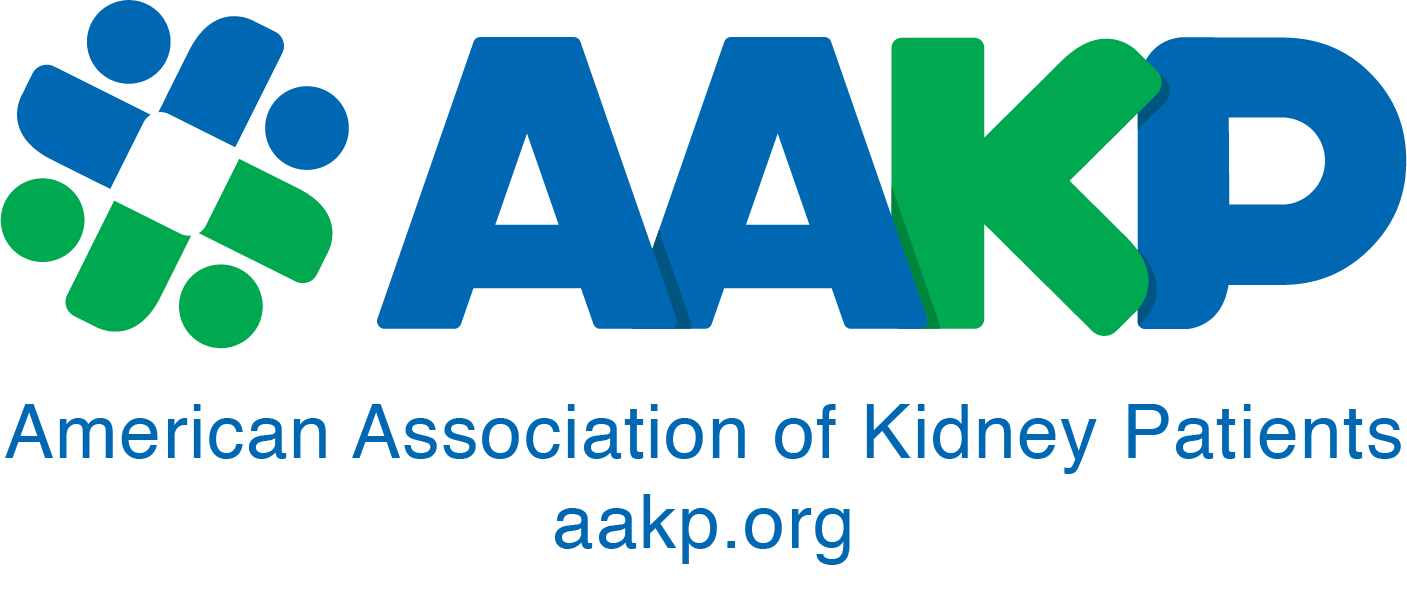Your healthcare team may recommend that you follow a meal plan to help you manage your dietary needs. When you’re on dialysis, you may occasionally need to eat more or less of certain nutrients. When you have diabetes, you must balance food choices to keep blood sugar under control. There are two methods designed to help you manage your diet:
The exchange system for meal planning uses a personal meal plan developed with the help of your renal dietitian. An “exchange” is a serving choice from a list of foods in measured amounts that have about the same nutritional value. Your renal dietitian or a certified diabetes educator can give you a copy of this plan that is tailored to meet your needs.
Carbohydrate counting involves planning meals based on the total number of grams of carbohydrates that you will eat for that meal. To follow this plan, you must be willing to keep track of the foods you eat and the carbohydrates allowed for each meal. Reading and understanding food labels are very important.
No matter which plan you choose, you’ll need to monitor your blood sugar levels to ensure your diabetes is well-controlled.
Putting together a meal plan that meets the needs of both dialysis and diabetes may seem difficult. Your renal dietitian and healthcare team are available to make this easier for you. Your renal dietitian will review your special diet “prescription” with you when you begin dialysis and regularly thereafter. Work together with your team to develop the best overall plan to manage your meals, medications, exercise and blood sugar monitoring for your lifestyle and medical needs. Remember to be flexible; your plan may need to change over time!
- Always remember that if you are on dialysis and have diabetes, you can better manage your diet.
- Following are some healthy goals to consider:
- Have a high protein snack and your phosphate binders ready to eat after dialysis.
- Partner with your renal dietitian and diabetes educator.
- Check your blood sugar regularly, record the results, look for patterns and share the results with your healthcare team.
- Distribute the carbohydrates foods you eat evenly throughout the day; eat regularly.
- Get to a healthy weight for your body size and type.
- Get regular checkups (feet, eyes, dental, blood analysis).
- Become physically active (make sure to discuss this with your doctor before starting anything new).
- Follow your doctor’s guidelines for taking insulin or oral medications.
- Learn techniques to manage stress.
- Use non-food rewards for a job well done.
- Attend Diabetes Education Classes.
Look for American Diabetes Association (ADA) Recognized Program. To locate an ADA Recognized Program near you, call 1-800-342-2383 or visit www.diabetes.org.
If you take either insulin or diabetes pills, always wear some form of diabetes identification. This can be lifesaving. Visit www.diabeteswellness.net to receive a free diabetes necklace.
Courtesy Kidney Friendly Comfort Foods – A Collection of Recipes for Eating Well with Chronic Kidney Disease.
























